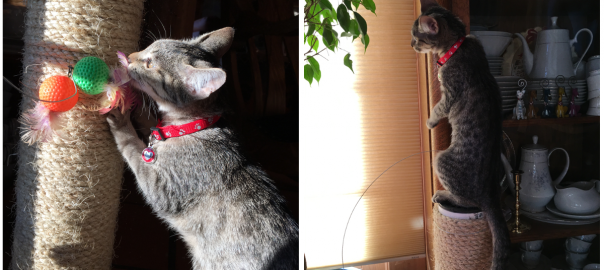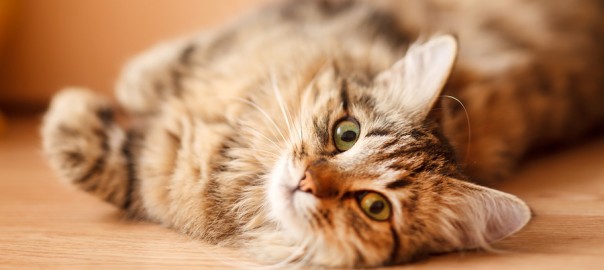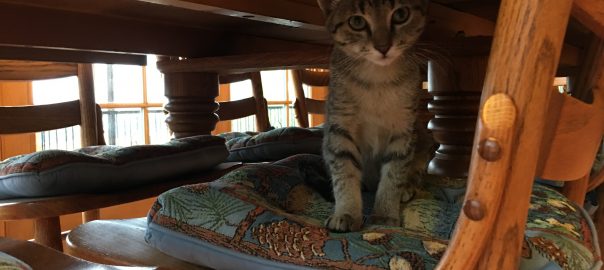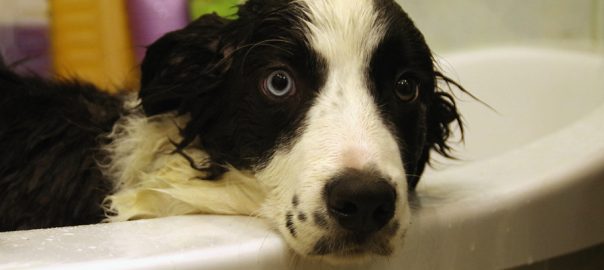We recently adopted a kitten, Talley, and it’s been a joy to see her whip our dogs into shape, herd Teresa and me, and turn our house into a feline wonderland.
Kittens are born with claws, and they need them for many reasons. They use them to stretch, to climb and clamber, to defend themselves, and for enrichment. Indoor cats may be safer than those who go outside, but their lives can be boring and unhealthy if their humans aren’t dedicated to providing them with opportunities for mental and physical challenge and good old-fashioned fun.
None of which means we want Talley to claw our couch. And we imagine you don’t want your kitten to grow to shred yours, either.
Tally was the lucky recipient of a big pile of “happy adoption” gifts from our friends at Petmate (I don’t work for them and this post isn’t sponsored), including several scratching posts. She loves them. They let her perch up high, play, stretch, and shed the extra layers from her claws. And because I’m blessed to have a daughter who is a brilliant trainer, we knew just what to do to encourage Tally to use her scratching posts instead of our furniture.
“Teach her to use scratching posts by luring her over with toys and catnip,” Mikkel told us. “And reward her with treats and play for scratching in the right areas. Have posts located in prime areas like living room spaces or the bedroom, or places the cat has already scratched. If she scratches in an inappropriate spot, distract and redirect her to the proper area.”
“Don’t punish or you’ll heighten anxiety and make it harder to help her longterm,” she added.
Talley may have us wrapped around her little paw, but we know good advice when we hear it!




